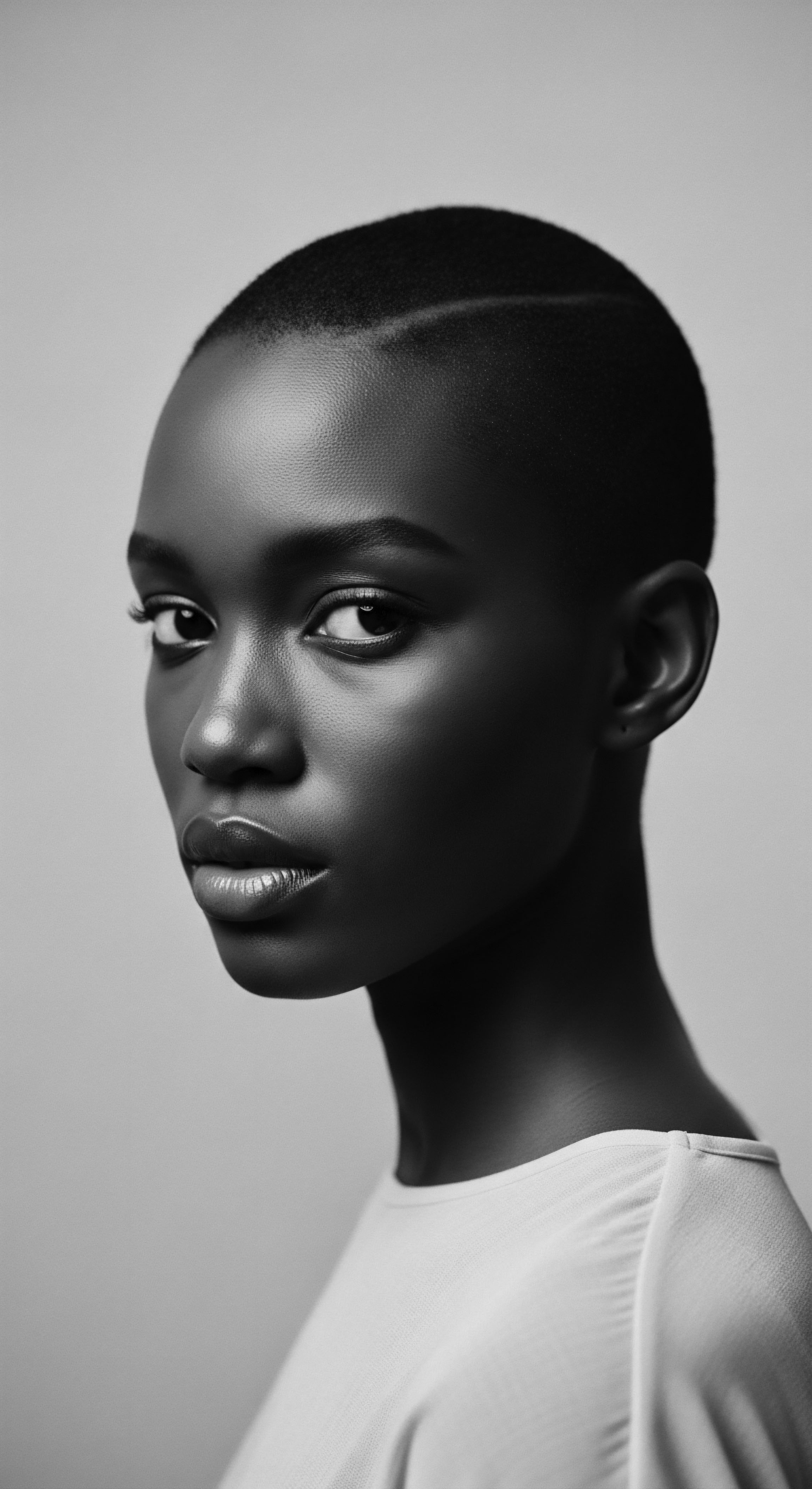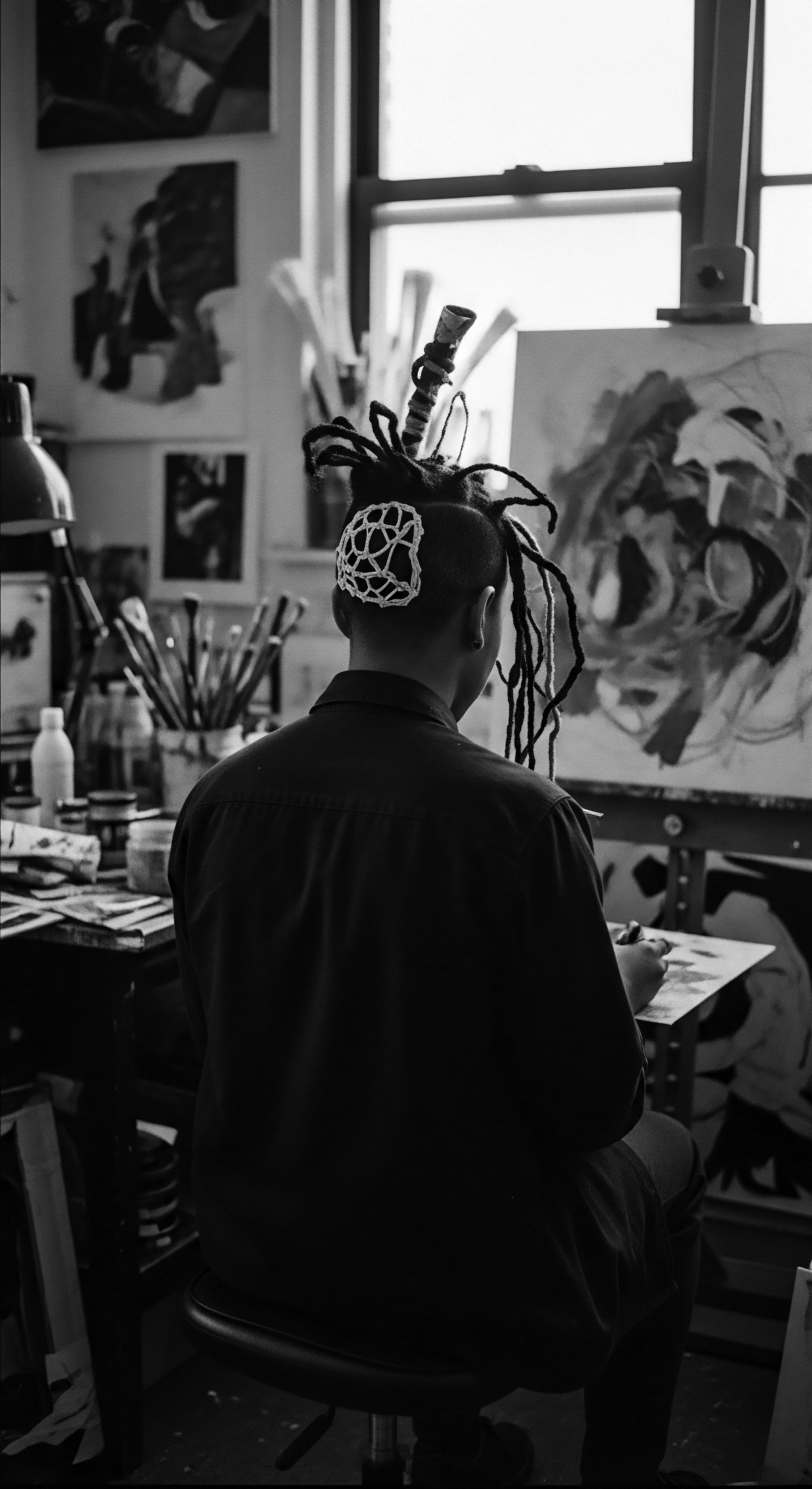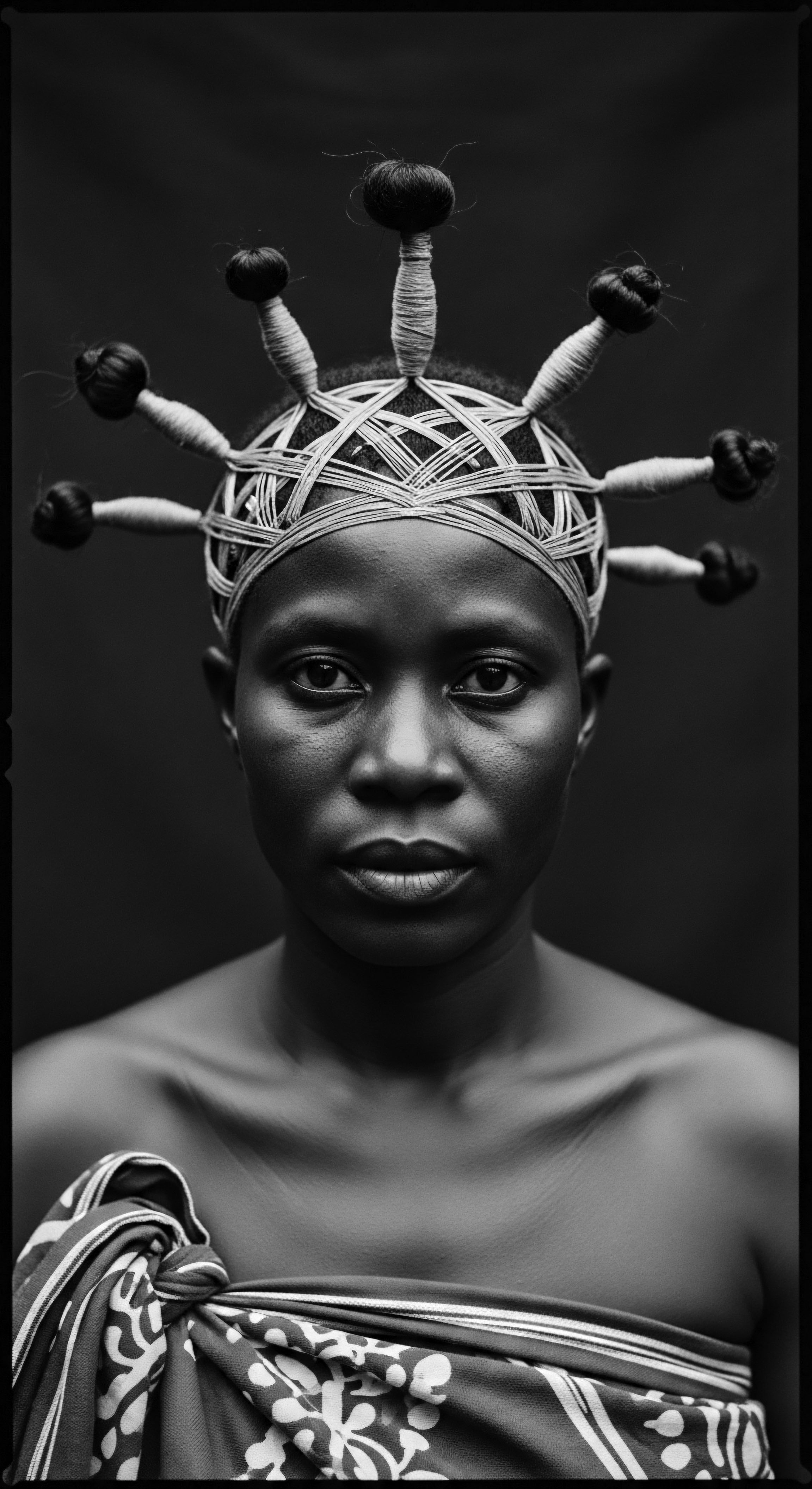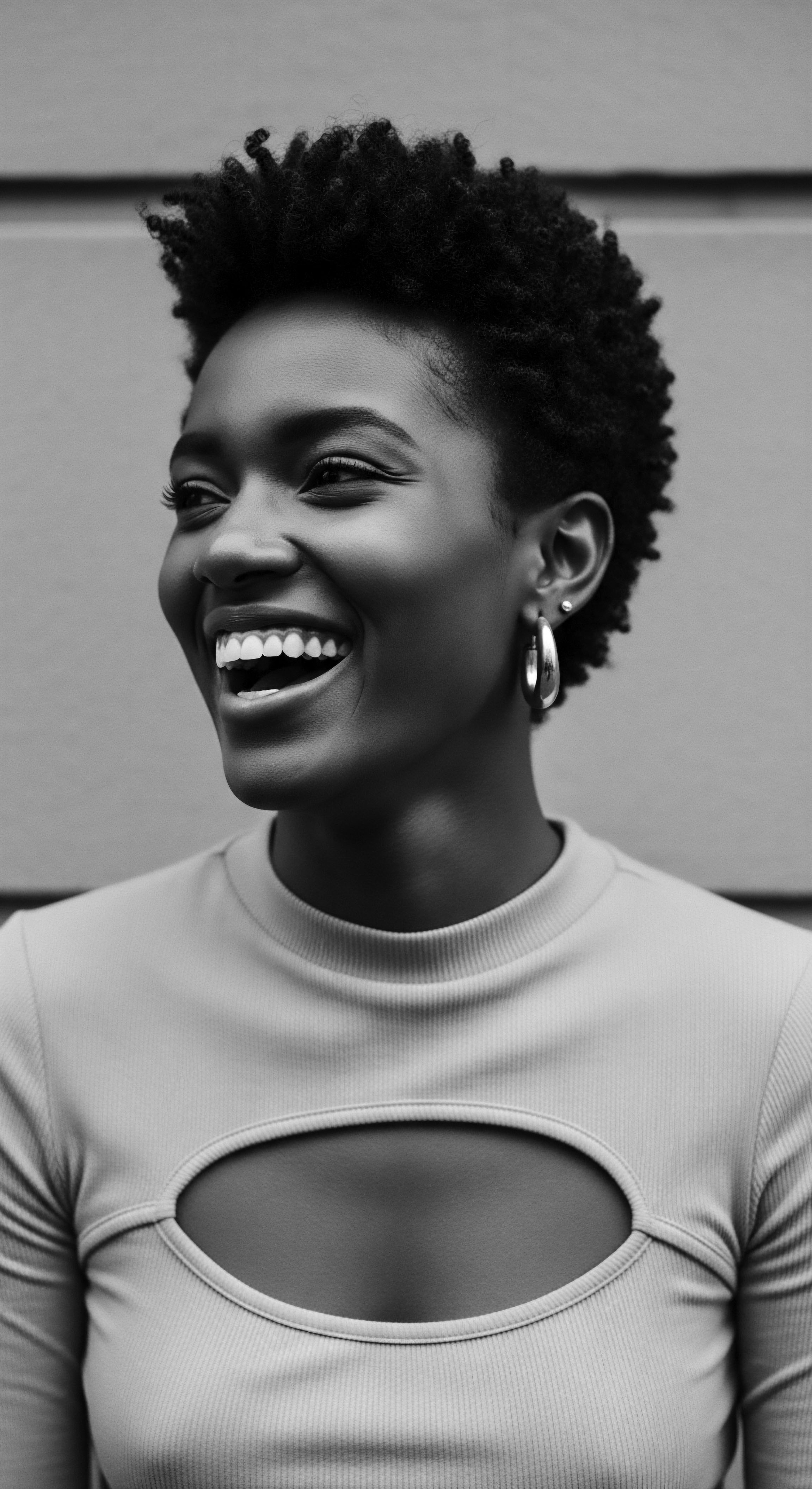
What historical examples show clay’s role in textured hair care heritage?
Historical examples reveal clay's ancestral role in cleansing, protecting, and ceremonially adorning textured hair, deeply rooted in cultural heritage.

What is the historical link between clay and textured hair heritage?
Clay historically linked to textured hair heritage by offering ancestral cleansing, conditioning, and cultural adornment drawn from earth's bounty.

What clay types were traditionally used for textured hair?
Traditionally, clays like Rhassoul, Bentonite, and Kaolin were used for textured hair, connecting ancestral cleansing and conditioning rituals to earth's heritage.

Why were mineral-rich clays preferred for textured hair in history?
Mineral-rich clays cleansed textured hair gently, absorbed impurities, and provided nourishing minerals, deeply rooted in ancestral heritage.

How did ancestral practices use clay for textured hair?
Ancestral practices often employed mineral-rich clays to cleanse, condition, and fortify textured hair, deeply connecting care with heritage.

What cultural elements shaped the application of clay in textured hair heritage?
Cultural elements, including spiritual beliefs, aesthetic values, and community practices, shaped clay application in textured hair heritage.

How has earth’s clay nourished textured hair through history?
Earth's clay has profoundly nourished textured hair through millennia, a testament to ancestral practices and its deep heritage.

What ancestral meaning does clay hold for textured hair?
Clay holds ancestral meaning for textured hair as a purifying earth element, deeply rooted in centuries of cultural rituals and community connection.

Why is clay a traditional hair cleanser for textured hair?
Clay cleanses textured hair by gently removing impurities, a time-honored practice rooted in diverse ancestral traditions.

How does clay interact with textured hair’s structure?
Clay cleanses textured hair by attracting impurities and product buildup through electrostatic forces, a method rooted in ancient heritage.

Traditional Clay Practices
Meaning ❉ Traditional Clay Practices involve applying earth's mineral-rich clays for hair and scalp wellness, reflecting ancient wisdom and cultural heritage.

How does clay help textured hair follicles?
Clay assists textured hair follicles by cleansing, mineralizing, and balancing the scalp, reflecting a deep connection to ancestral hair care heritage.

What historical examples show clay’s role in Black hair heritage?
Clay's historical role in Black hair heritage signifies ancestral wisdom in cleansing, protecting, and artistically adorning textured hair.

How has clay influenced textured hair heritage?
Clay has influenced textured hair heritage through its historical use for cleansing, conditioning, and protective styling within diverse African traditions.

What ancient cleansing clays supported textured hair heritage?
Ancient cleansing clays, rich in minerals, served textured hair heritage by gently purifying and nourishing strands, honoring natural balance.

What cultural significance does ancestral clay hold for textured hair heritage?
Ancestral clay holds deep cultural value for textured hair heritage through its historical use in cleansing, protection, and identity expression.

How has clay protected textured hair through time?
Clay protected textured hair through time by cleansing, conditioning, and forming a physical barrier, preserving ancestral hair heritage.

What is the cultural significance of clay in textured hair heritage?
Clay's deep cultural significance in textured hair heritage stems from its age-old role in cleansing, protecting, and symbolizing identity across diverse ancestral practices.

What cultural significance did clay have for textured hair?
Clay holds enduring cultural weight for textured hair, signifying cleansing, protection, and identity deeply rooted in ancestral practices.

Which clays traditionally benefited textured hair?
Clays like Rhassoul, Bentonite, Kaolin, Fuller's Earth, and Red Clay traditionally nurtured textured hair, rooted deeply in ancestral care practices.

What specific clays were traditionally used for textured hair?
Traditionally, clays like Rhassoul, Bentonite, Kaolin, and various red ochres were used for textured hair, rooted in ancestral practices.

How does clay connect textured hair to heritage and cultural identity?
Clay connects textured hair to heritage by serving as an ancient protective, cleansing, and symbolic element.

What ancestral practices involving clay illuminate textured hair heritage?
Ancestral clay practices cleanse, strengthen, and define textured hair, embodying centuries of heritage and intuitive wisdom.

What is the cultural meaning of clay in textured hair traditions?
Clay in textured hair traditions symbolizes a heritage of natural cleansing, protective styling, and deep cultural identity.

What is the scientific basis for clay in hair purification heritage?
Clay purifies textured hair by attracting impurities through its negative charge, connecting to ancestral care traditions.

How does clay cleanse textured hair ancestrally?
Ancestrally, clay purified textured hair by drawing out impurities while preserving natural oils, rooted in deep earthen wisdom.

How do clays cleanse textured hair?
Clays cleanse textured hair by drawing out impurities and excess oils through a natural magnetic pull, honoring ancestral care methods.

